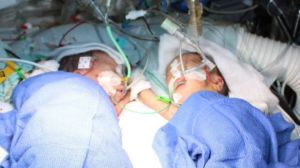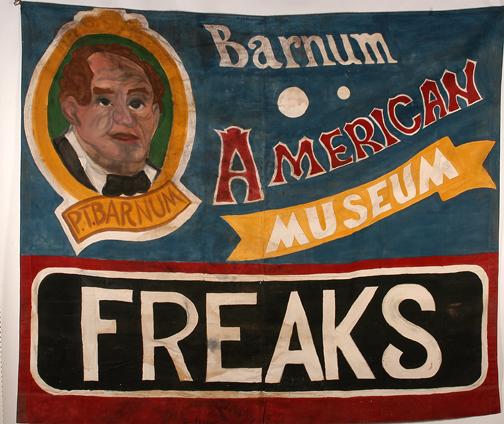
Recently while sorting through research notes for the book I wrote about the 19th century home of the Tredwell family, I ran across an interesting diary entry made by Samuel, the youngest son. When he was a teenager he dutifully noted he had borrowed five cents from his little sister so he could go see the “fat lady.” Apparently he didn’t have quite enough for the 25 cent admission fee to the American Museum on Broadway where the fat lady was on exhibit.
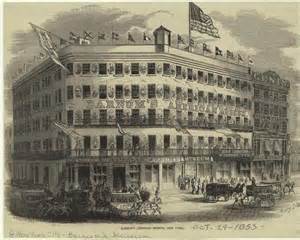
Founded by the flamboyant showman, P.T. Barnum, the museum was one of New York’s most popular tourist attractions from the time of its founding in 1842 until 1865 when a spectacular fire completely destroyed it.
It was a combination zoo, aquarium, wax works, and theater. Barnum filled his museum with all manner of curiosities including an exhibit of “freaks.”—persons who suffered rare and strange deformities and disabilities: among them Jo-Jo the dog faced boy, who had a 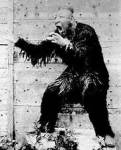 genetic disorder that caused him to have abnormal amounts of body hair; William Henry Johnson, a mentally defective African American who assumed the role of a man/animal, and ran around growling; Chang and Eng, the conjoined Siamese twins; Tom Thumb,
genetic disorder that caused him to have abnormal amounts of body hair; William Henry Johnson, a mentally defective African American who assumed the role of a man/animal, and ran around growling; Chang and Eng, the conjoined Siamese twins; Tom Thumb,  the famous dwarf,—and of course the fat lady.
the famous dwarf,—and of course the fat lady.
The freak show at Barnum’s museum was the forerunner of the sideshow, a component of carnivals and circuses throughout the country well into the 20th century. Gradually, however, thanks to the advances of medical science, an increased understanding of genetic disorders and mental illness developed. Many 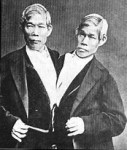 conditions can now be successfully treated; even conjoined twins can sometimes be surgically separated (thank you, Dr. Carson). And with support and the proper assistance, the severely handicapped can live peaceful, sometimes productive lives. Legislation protects the
conditions can now be successfully treated; even conjoined twins can sometimes be surgically separated (thank you, Dr. Carson). And with support and the proper assistance, the severely handicapped can live peaceful, sometimes productive lives. Legislation protects the  rights of the disabled, and private non profits provide assistance for every type of disability and rare disease. Today the word “freak” applies to accidents, not people.
rights of the disabled, and private non profits provide assistance for every type of disability and rare disease. Today the word “freak” applies to accidents, not people.
We can certainly point to many examples of the debasement of our popular culture from the twerking of Miley Cyrus to the foul language that sometimes seems to be the staple of ordinary conversation. But it is no longer acceptable for the malformed and handicapped to be the object of voyeuristic curiosity. In that respect, at least, we can say we are wiser, more sensitive, more compassionate than our 19th century counterparts.
